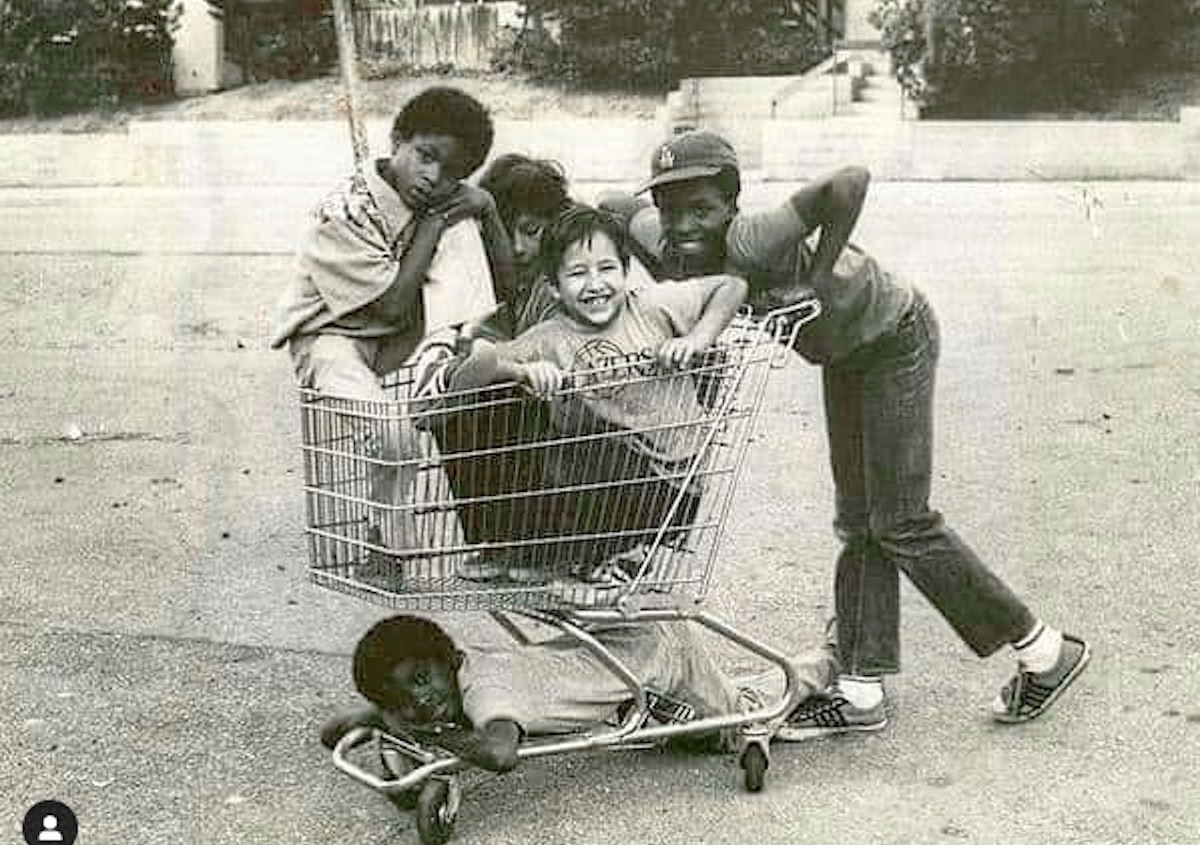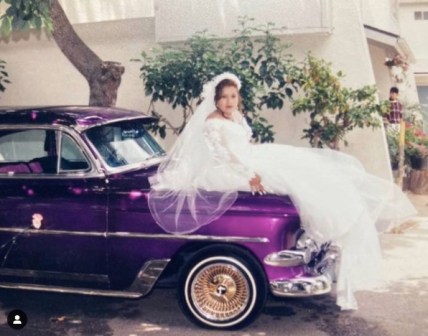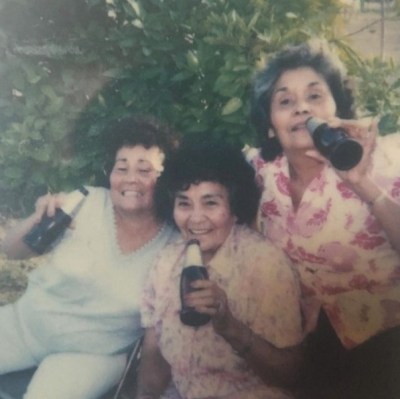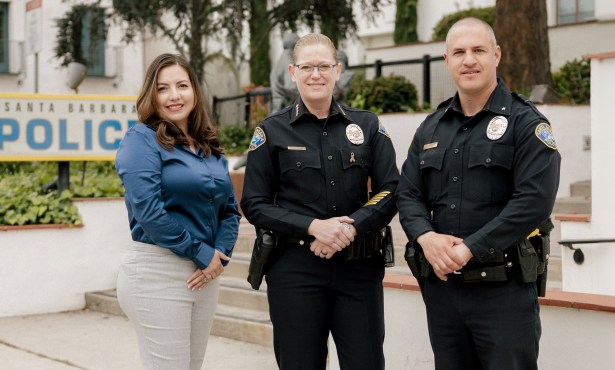@ChicanoCultureSB Grows Its Mission, Impact in Santa Barbara
Michael Montenegro’s Passion Project Is a Celebration of Community, History, and Empowerment

Archives can promote cultural pride, preserve legacies, and strengthen community organizing efforts.
Michael Montenegro’s Instagram archive, Chicano Culture S.B., does all three.
Take, for example, the Ortega Park redevelopment project, an effort that has been in the making for some time and has grown controversial in recent months. A number of neighbors were blindsided when the park’s 18 cultural murals ― depicting Chicano, Chumash, and Aztec imagery ― were scheduled for demolition as part of the renovation.

Montenegro, a Chicano from Santa Barbara, spoke out at a City Council meeting last November against the mural razing, a practice that has occurred before in the city. Through videos and posts on the @chicanoculturesb Instagram page, he informed the community about the proposed plans, provided historical context behind the park and the murals, and eventually helped spread the word about the preservation efforts that were springing up organically.
On a recent walk around the city’s Westside, a neighbor let Montenegro know: “I wouldn’t have heard about all this if it wasn’t for you.”
“I’ve always been a person that cares,” Montenegro said, “but that’s what being Chicano is about: giving back to your community.”
Montenegro, a seasoned multimedia content creator, started Chicano Culture S.B. years ago on Facebook before making its Instagram iteration. It has become a go-to source to check what’s happening in the city, learn about Latinos and other people of color in the region, and to tap into the latest community efforts and events.
The page is a labor of love for Montenegro. When he’s not working his 9-5 job, he’s posting live from the lowrider show on Milpas, giving tours of the city’s street art, posting community photos, or sharing digital flyers for the next Mujeres Makers Market on his story. He shares archival images and histories and GoFundMe pages for neighbors in need, along with his own personal reflections on local politics and more.
The job requires regular researching, fact checking, and interviewing people for his next post or project, which include other ethnic groups and their stories, too.
“It’s a lot of work,” Montenegro said, “but I do this as my passion project.”
Sign up for Indy Today to receive fresh news from Independent.com, in your inbox, every morning.
Community archives often tell stories left out of mainstream narratives. They make people feel seen and empowered in their identities and collective experiences. This is not lost on Montenegro.
His own cultural pride was stoked as a young adult, when he learned, first from local Chicano artist, educator, and mentor Manuel Unzueta, about the history and impacts of Chicanos in Santa Barbara and beyond. Such information is largely nonexistent in elementary and high school curricula or is kept behind institutions with limited access or paywalls, Montenegro said.
Chicano Culture S.B. is, in some ways, a response to that. As much as the page is a celebration of culture and community, it’s also a tool to empower people — especially the youth — to preserve their civil rights and history, and to feel proud of who they are.

“It’s my activism,” Montenegro said, and a passion project that he wants to keep developing. He hopes to do so, however, in a much more sustainable way.
Montenegro maintains the page for free and entirely on his own. He has given presentations at Santa Barbara City College and other places about his work, and he has inspired the work of scholars and other researchers, too.
As the page’s reach and impact has grown, it’s sometimes hard for Montenegro to find time to research and create content for it after fulfilling his responsibilities with his full-time job and his young daughter. Montenegro wants to keep the content accessible and collaborative, he said, but it feels discouraging when his work is used or referenced without permission by other creatives or scholars, he said.
At this phase in the game, he’d like to find a way to get funding for his growing project, and he has hopes for it to one day become a nonprofit or gallery. As an independent researcher, Montenegro said, reaching these goals has felt like an uphill battle.
“I feel like people don’t take me seriously,” he said.
With or without institutional support, Montenegro’s work with Chicano Culture S.B. speaks for itself. After all, the organizing work and community collaboration promoted on the page “literally stopped the Ortega Park master plan,” Montenegro said. The latest official report on the park’s murals indicates that they can remain as-is or be relocated to another part of the park, while the most damaged ones can be reenvisioned or recreated.
“Now we have some breathing room,” he said.
Support the Santa Barbara Independent through a long-term or a single contribution.




You must be logged in to post a comment.